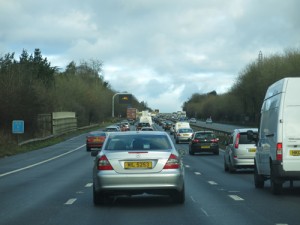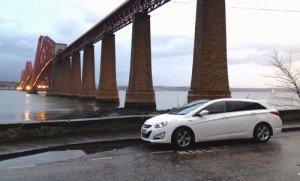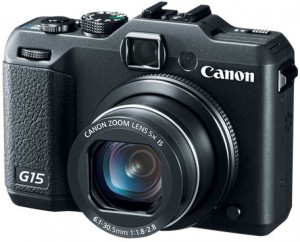3500 kays in the UK
I’ve just come back from driving 3500 kilometres around the United Kingdom, done in 3 weeks.
The purpose was a family holiday, where we just happened to see as many engineering marvels as we could in that time and distance – something that was achieved, and will be covered in an upcoming AutoSpeed series.
A lot of the driving time was spent on the excellent freeway (“motorway”) system that exists in Britain. These roads are typically four or six lane highways – here in Australia, they’d all be marked (and enforced) at 110 km/h. And in the UK, the posted motorway limit is in fact 70 mph (113 km/h).
But the kicker is that people actually travel at 80 – 85 mph (about 135 km/h). Despite there being plenty of traffic sped cameras, and an occasional police car, the enforcement is set at a level where these speeds are fine.
And boy, does it ever make a difference to travel time when you can sit on 135 km/h in the right-hand lane!
The drivers are disciplined, courteous and aware – average for average, much better than drivers in Australia. In those 3 weeks, much of it in wet and windy weather conditions, I saw very few accidents and witnessed even fewer driving mistakes.
The Australian politicians who believe that any higher limit in (most of) Australia than 110 km/h would kill swathes of people – I wonder if any of them have driven overseas (as opposed to being chauffeured) while on their international ‘study trips’…
The car we had for the trip was a Hyundai i40 diesel ‘Blue’ wagon.
It was brand new, with only delivery kilometres on the odometer. Well-equipped in the guise we had it, it came with seat warmers, excellent navigation, dual climate control, leather, colour instruments LCD, parking sensors – and so on.
The diesel was coupled to a manual 6-speed box, that was slightly notchy when cold and always had an overly long throw. Not over-endowed with power, the car turned in a fuel economy in the low Fives in litres/100km – really excellent with the car heavily laden and often driven at speed.
Driving mostly on highways disguised one of the shortcomings of the engine – its off-boost performance (say up to 1500 rpm – and a low redline in a diesel, remember) was woeful, and the transition to on-boost torque sudden and lacking progression. In urban conditions, and especially where a sudden spurt of power was needed from a standstill, the car could border on dangerous.
Interior packaging was very good, with one exception – as with many current cars, the window sill line was too high, especially in the back. Even sitting on a booster seat, my 8-year-old son could only just see over the window line – stupid.
Ride and handling were also fine for our purpose. Grip levels weren’t huge (low rolling resistance tyres?) but with good stability control, there were no issues. Ride quality was excellent – but remember, that was with 3 people and lots of luggage. Less heavily laden, the ride would have been harsher.
I thought it a superb car for the purpose to which we put it. In fact, the Hyundai struck me as a very well built car coming from a maker with perhaps 50 years of designing and building cars behind them. Interesting, when even 5 years ago some Hyundais were dubious at best.
I’ve been shooting photos for publication for over 30 years, and I knew the trip would need lots of pics taken. However, I didn’t really want to lug around my digital Nikon SLR – so I bought a new camera. After much consideration and reading of reviews, I got a Canon G15.
What a superb little camera!
Its ability to shoot with high quality in very low light, often without flash, is exemplary. This ability comes from having a fast lens (unusual in pocket cameras), high lens quality at all apertures (again unusual in this class) and having sufficient modes to match the needs of a professional – or the rankest of amateurs. I particularly like having exposure compensation on an instant-access dial – I less like not being able to quickly modify flash output.
Especially in difficult, contrasty or low light conditions, the camera performed very well indeed.

 Julian Edgar, 50, has been writing about car modification and automotive technology for nearly 25 years. He has owned cars with two, three, four, five, six and eight cylinders; single turbo, twin turbo, supercharged, diesel and hybrid electric drivelines. He lists his transport interests as turbocharging, aerodynamics, suspension design and human-powered vehicles.
Julian Edgar, 50, has been writing about car modification and automotive technology for nearly 25 years. He has owned cars with two, three, four, five, six and eight cylinders; single turbo, twin turbo, supercharged, diesel and hybrid electric drivelines. He lists his transport interests as turbocharging, aerodynamics, suspension design and human-powered vehicles.



